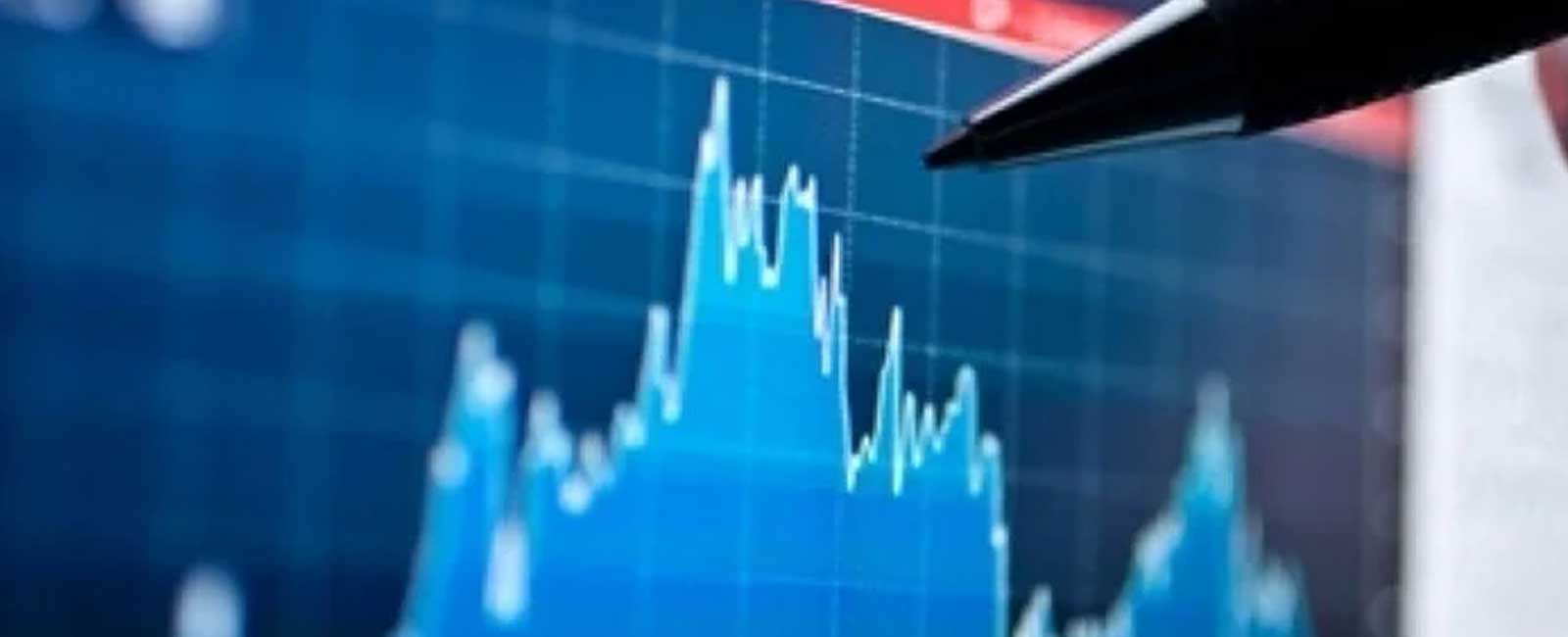Breaking budget: A plain guide to a complex document

Aiming to address key economic challenges and set the direction for the next fiscal year, the Pakistan Muslim League-Nawaz-led (PML-N) government is set to unwrap its second budget tomorrow (Tuesday) since coming to power.
Finance Minister Muhammad Aurangzeb will present the Finance Bill 2025-26 in the Parliament House.
With the budget about to hit the airwaves, here’s your one-stop guide to help you understand the key points of the document that will affect everyone living within Pakistan’s financial reality.
Why this budget matters
Pakistan’s economy is facing some big problems like rising prices, less money from exports, and more debt. This budget attempts to correct those problems by making intelligent decisions regarding where to spend and how to generate money. Knowing this helps you understand why certain decisions are made.
What does 'IMF-guided budget' mean?
The IMF is a big group that helps countries with money problems. When we say this budget is IMF-guided, it means Pakistan is following their advice to keep spending under control and fix the economy. Sometimes this means the government has to make tough calls like raising taxes or cutting some help to people.
Understanding key terms
Fiscal deficit: It’s like spending more money than you earn in a month, so you have to borrow to cover the difference.
Debt-to-GDP Ratio: Think of it as how much money you owe compared to what you make in a year. If you owe too much, it’s risky.
Subsidies: These are discounts or help from the government to make things like fuel or food cheaper for people.
How this budget affects you
The budget isn’t just numbers — it can change what you pay in taxes, how much fuel or electricity costs, and what services like hospitals and schools get. If subsidies get cut, some things might cost more. Knowing this helps you prepare for what’s coming.
Quick budget words to remember
GDP: The total value of all the things made and services done in Pakistan in one year.
PSDP: Money spent on big projects like roads, schools, and hospitals.
Revenue: The government’s income from taxes and other sources.
Capital expenditure: Money spent on long-term things that last, like buildings and roads.
Revenue expenditure: Money spent on daily needs like salaries and bills.
Fiscal deficit: When the government spends more than it earns.
Debt-to-GDP Ratio: How much the country owes compared to what it earns.
What’s new this year?
The federal government is set to present a Rs16.9 trillion budget for fiscal year 2025–26, which is down 10.6% (Rs2 trillion) from the Rs18.9 trillion budgeted for FY25, according to analysts.
This reduction shows the government aims to support the economy while keeping a closer eye on spending amid ongoing challenges.
What happens next?
After the budget is announced, Parliament will talk about it and decide what to approve. Experts will also share their views. Keep an eye out for changes in prices, jobs, and services — these will show if the budget is working.
Common questions about budgets
Q: Is it bad if the government spends more than it earns?
A: Not always. Sometimes it’s needed to grow the economy, but if it happens too much, it can cause problems.
Q: Why do taxes sometimes go up?
A: To get more money to pay for things the country needs like roads and hospitals.
Q: What happens if the government cuts subsidies?
A: Some things might become more expensive, but it helps the government save money and reduce debt.




